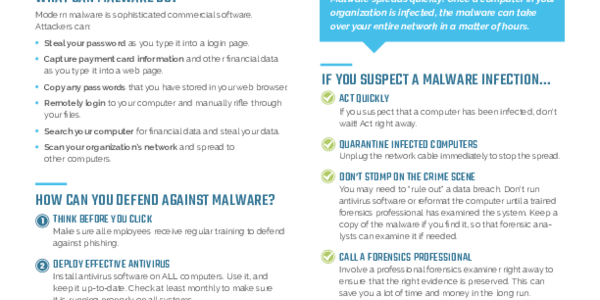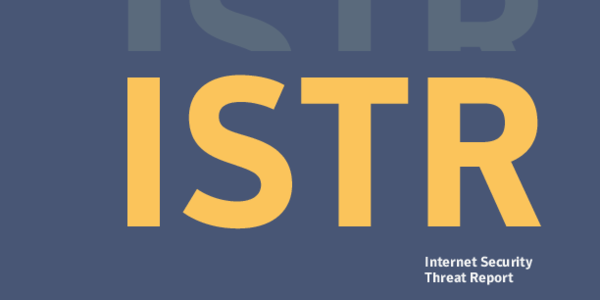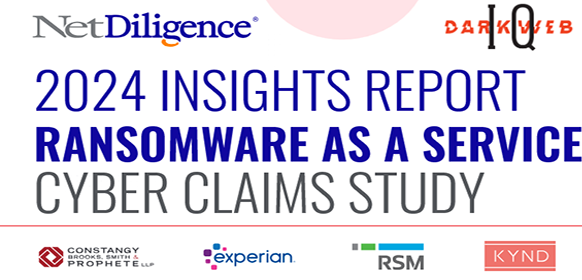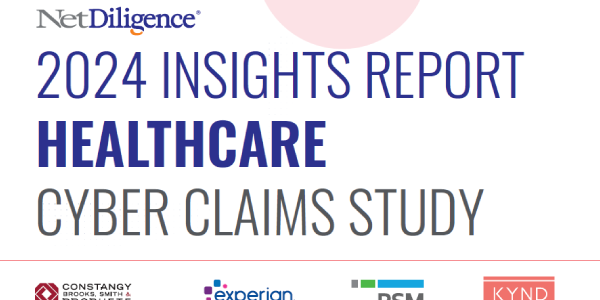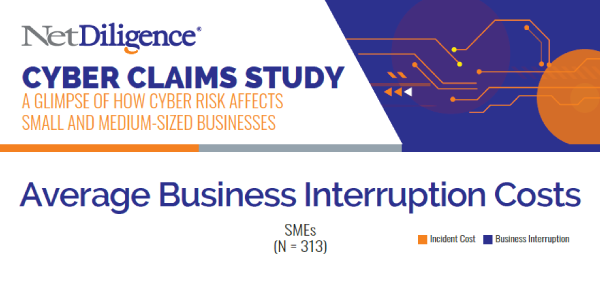Crypto-jacking - Cryptocurrency-mining malware: the Peeled Onion
2018 Data Breach Digest
Verizon Enterprise Solutions | 08/09/2018The situation
As in previous years, 2017 saw significant interest in cryptocurrencies or crypto-jacking, both the classic Bitcoin and newer alternatives. Unsurprisingly, with the meteoric rise in Bitcoin value interest hasn't been limited to investors. In 2017, the VTRAC | Investigative Response Team has investigated several cybersecurity incidents involving attackers whose motivation has been financial gain through cryptocurrency mining malware.
This variety of malware uses the processing power (e.g. CPU or graphics card) of the infected system to mine cryptocurrency, which could then be used like traditional cash to purchase items or directly exchanged for legal tender. While mining is a legitimate process in the cryptocurrency lifecycle, using someone else's system in an unauthorized manner is not.
While Bitcoin is the most widely known cryptocurrency, there are hundreds of alternative cryptocurrencies sometimes better suited for mining through malware. This is due to their relative anonymity or ease of being mined on ordinary systems. In 2017, we investigated only a few cases of malware mining for Bitcoin while the majority of cases involved Monero or Zcash.
In one such “non-Bitcoin†case, a customer who had observed a significant number of alerts originating from their firewalls called upon us. The firewalls were blocking suspicious outbound traffic to The Onion Router (Tor) network and in doing so, triggering alerts. Our customer believed they had the situation under control because the firewalls were blocking the traffic. They asked us to determine the cause of the traffic, verify they had things under control, and verify there were no indications of data exfiltration or lateral movement in their network.
To read more, please log in


